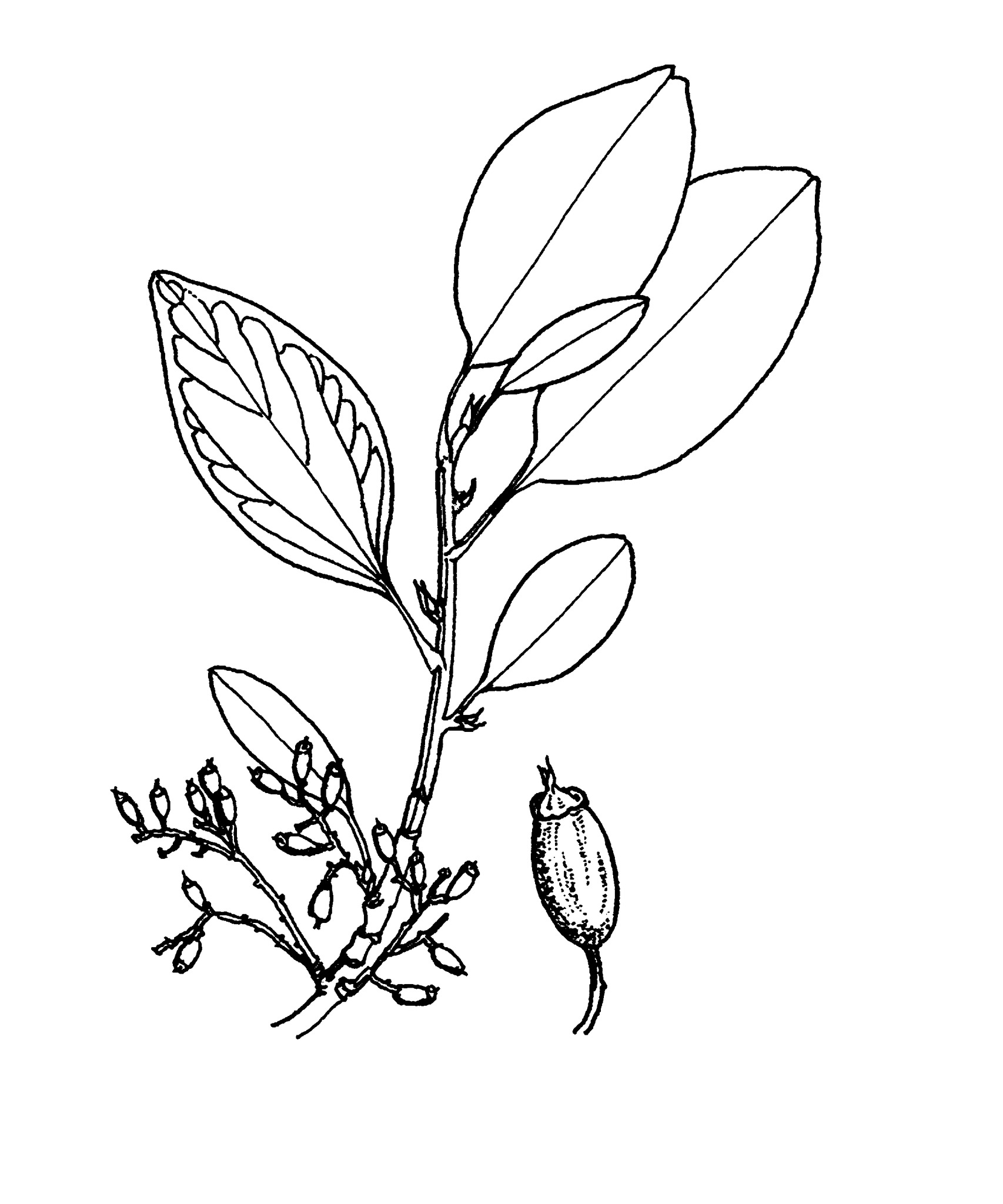
Commemorating Francesco Griselini (1717–83),Venetian naturalist.
Evergreen shrubs or small trees. Leaves alternate, very thick, mostly entire, generally at least slightly asymmetric at the base, the stalks swollen and slightly sheathing the stem; stipules absent. Flowers in axillary clusters, unisexual and on separate plants, small. Calyx of 5 small teeth. Petals 5 or sometimes absent on female flowers, the disk fleshy and 5-angled. Stamens 5 in male flowers, small or absent in female flowers. Ovary of 1-2 chambers. Fruit a berry of 1-2 chambers but containing 1 seed.
Grown for the unusual foliage, sometimes as a hedge or windbreak.
7 species from Chile, Brazil and New Zealand.
Semi-hardwood cuttings.
Extremely thick leaves (in those cultivated in Australia); male flower petals overlapping.
Dillon & Munoz-Schick (1993).
Source: (2002). Cornaceae. In: . Horticultural Flora of South-eastern Australia. Volume 3. Flowering plants. Dicotyledons. Part 2. The identification of garden and cultivated plants. University of New South Wales Press.
